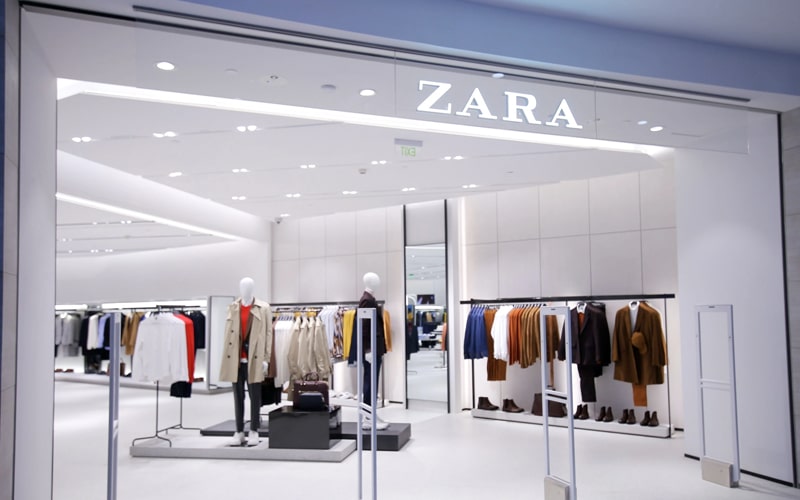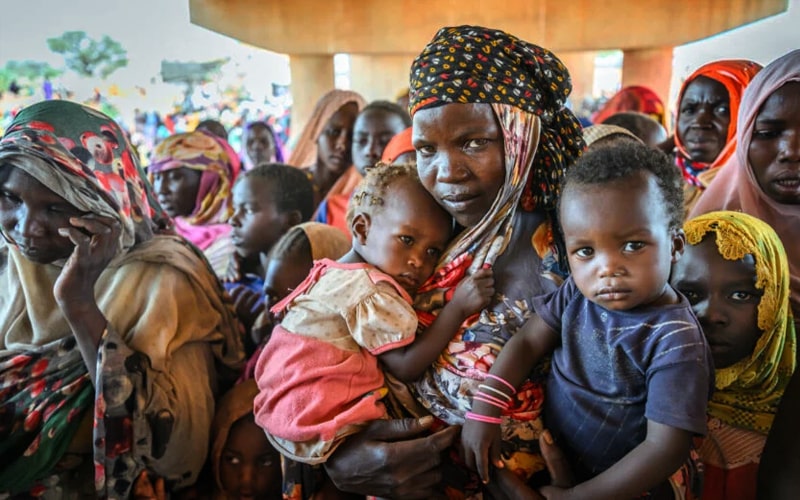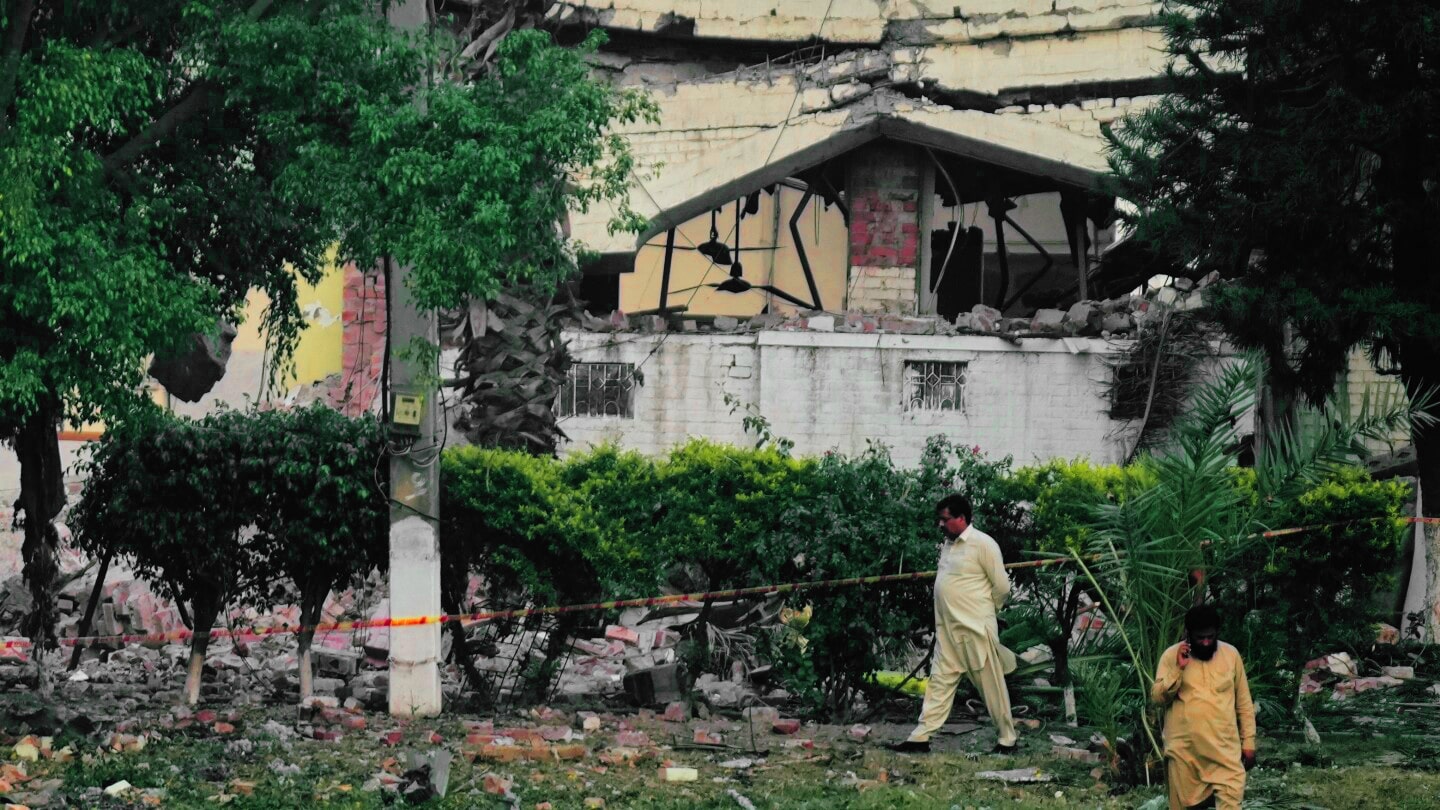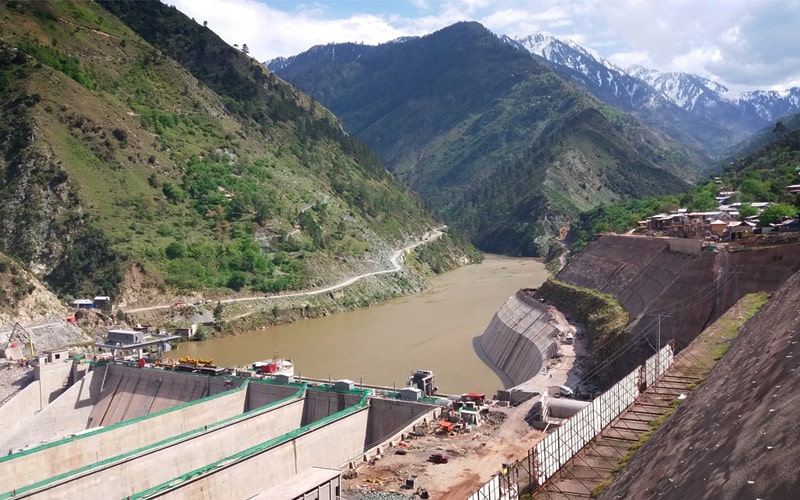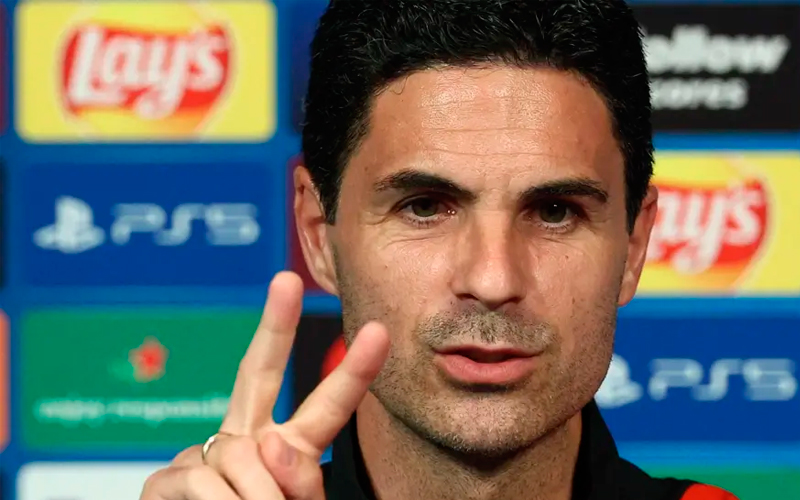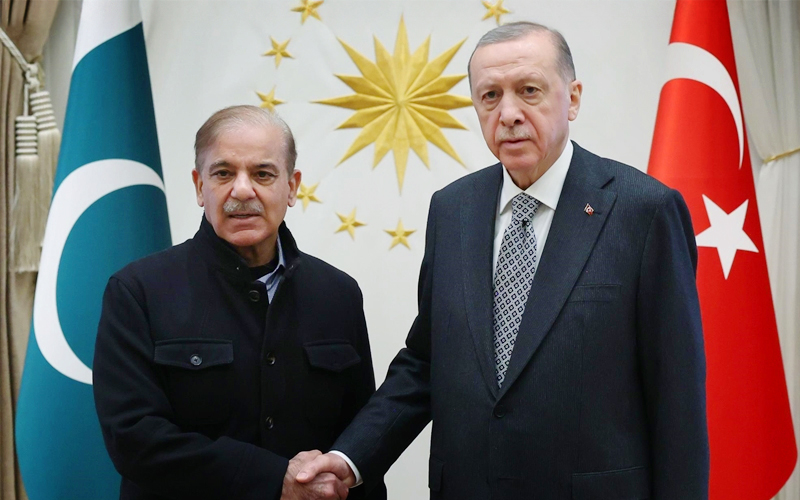Zara, one of the biggest names in global fashion, is turning 50—but the company’s operations remain as private and tightly controlled as ever. Owned by Inditex, the world’s largest fashion retailer, Zara is marking this milestone with continued expansion, while facing growing challenges from ultra-fast fashion competitors like Shein and Temu, and political uncertainties like U.S. tariffs. A Design Studio Built on Speed and Feeling At the heart of Zara’s strategy is speed. From its headquarters in Galicia, Spain, a team of 350 designers from around 40 countries turn inspiration from streets, cinema, and catwalks into weekly fashion releases. "There are no rules in general. It's all about feelings," says designer Mehdi Sousanne. Designs are hand-sketched, then brought to life through paper patterns, fittings, and fabric samples crafted on-site. Mar Marcote, a pattern maker with 42 years at Zara, inspects every piece with a magnifying glass before production. “When you finish the item and it sells out, it’s marvellous,” she says. A Revolutionary Supply Chain Zara disrupted traditional fashion models by producing more than just seasonal collections. It drops new items weekly, often within weeks of design. Over half of Zara’s clothes are made in nearby countries like Spain, Portugal, Morocco, and Turkey—allowing rapid turnarounds and better control. While longer-lead basics are made in Vietnam and Bangladesh, all products are distributed through state-of-the-art centers in Spain and the Netherlands. Real-time sales data helps Zara adjust styles in-season based on customer feedback—keeping its collections relevant and tailored to demand. Adapting Amid …
Amelia
Amelia
Topics:

Zara, one of the biggest names in global fashion, is turning 50—but the company’s operations remain as private and tightly controlled as ever. Owned by Inditex, the world’s largest fashion retailer, Zara is marking this milestone with continued expansion, while facing growing challenges from ultra-fast fashion competitors like Shein and Temu, and political uncertainties like U.S. tariffs.
A Design Studio Built on Speed and Feeling
At the heart of Zara’s strategy is speed. From its headquarters in Galicia, Spain, a team of 350 designers from around 40 countries turn inspiration from streets, cinema, and catwalks into weekly fashion releases. “There are no rules in general. It’s all about feelings,” says designer Mehdi Sousanne.
Designs are hand-sketched, then brought to life through paper patterns, fittings, and fabric samples crafted on-site. Mar Marcote, a pattern maker with 42 years at Zara, inspects every piece with a magnifying glass before production. “When you finish the item and it sells out, it’s marvellous,” she says.
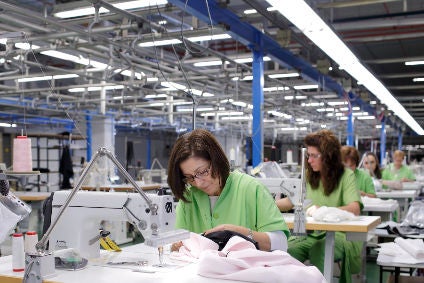
A Revolutionary Supply Chain
Zara disrupted traditional fashion models by producing more than just seasonal collections. It drops new items weekly, often within weeks of design. Over half of Zara’s clothes are made in nearby countries like Spain, Portugal, Morocco, and Turkey—allowing rapid turnarounds and better control.
While longer-lead basics are made in Vietnam and Bangladesh, all products are distributed through state-of-the-art centers in Spain and the Netherlands. Real-time sales data helps Zara adjust styles in-season based on customer feedback—keeping its collections relevant and tailored to demand.
Adapting Amid Global Pressure
CEO Oscar Garcia Maceiras insists that Zara’s diverse production base shields it from risks like tariffs. “We are producing in almost 50 different markets,” he says, adding that the brand’s focus is not just price, but creativity, quality, and sustainability.
As rivals like H&M and Uniqlo evolve, and Shein nears Zara’s sales figures with $38 billion in global sales last year, Zara faces pressure to maintain its edge without sacrificing its identity. Despite a dip in early-year sales, Maceiras remains confident in Zara’s unique value.
The Ortega Legacy
The company’s founder, Amancio Ortega, now 89, still visits Zara’s headquarters. His daughter Marta serves as chairwoman. Though reclusive, Ortega’s influence remains strong. “He’s a presence, physical or moral, every day,” says Maceiras.
From a single store in A Coruña to a presence in 97 countries, Zara’s story is one of reinvention, speed, and secrecy—fighting to remain stylish in a world that demands fashion faster than ever.
Subscribe to Our Newsletter
Keep in touch with our news & offers



